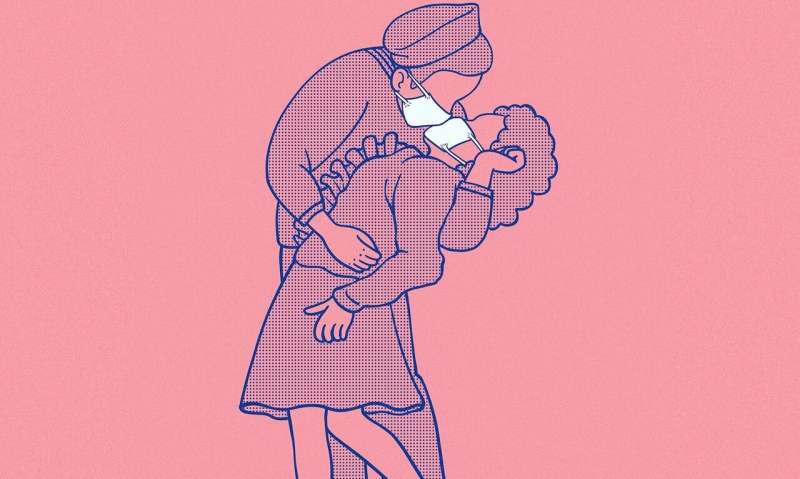
Joe Biden’s administration unveiled a detailed COVID-19 roadmap Thursday to boost vaccinations and testing while centering scientific expertise, after the new US president warned during his inaugural speech the pandemic was entering its “deadliest period.”
Officials said Biden would immediately sign 10 executive orders and other directives to jumpstart the national strategy, which experts said was sorely missing under his predecessor Donald Trump.
The US is the world’s hardest-hit country with more than 405,000 deaths, and government models suggest the B.1.1.7 variant imported from Britain could supercharge the outbreak’s trajectory in the coming months.
“For almost a year now, Americans could not look to the federal government for any strategy, let alone a comprehensive approach to respond to COVID,” Jeff Zients, a former management consultant who is Biden’s new COVID-19 task force coordinator told reporters.
“As president Biden steps into office today, that all changes,” he added.
‘Restoring trust’
The plan has organized goals like restoring the trust of the American people, surging the vaccination campaign, and mitigating viral spread through aggressive masking and testing, while expanding the public health workforce.
It also seeks to expand emergency relief and invoke emergency legislation to increase industrial production; safely reopen schools, businesses and travel; protect the most vulnerable and advance racial equity; and restore US global leadership with future pandemic preparedness.
The administration is seeking $1.9 trillion from Congress for its plans, which includes $20 billion for vaccines and $50 billion for testing.
Taken as a whole, the strategy amounts to a more closely coordinated approach than that of the previous administration, which sidelined key agencies like the Centers for Disease Control and Prevention, sought to censor recommendations by prominent scientists, and said individual states should do what seems right for them.
Some of the measures were already announced in recent days, including recommending that the eligibility criteria for vaccine priority groups be widened and simplified in order to increase the rate of shots being injected.
As it stands, the federal government has overseen the allocation of 35.9 million doses to states, of which 16.5 million have been used—or 46 percent.
The figure is well below targets set by the Trump administration, but the administration rate has been steadily ticking up in recent days.
Vaccine blitz
New White House vaccines coordinator Bechara Choucair restated the administration’s intention to bring online thousands of federal vaccination centers as well as the mobilization of thousands more workers to help.
These plans would bring the financial and logistical clout of the federal government in the fight against the virus—again, an element that had largely been missing.
The administration will also continue the policy of rolling out vaccine doses for Pfizer and Moderna’s two-shot regimes as soon as they become available.
The Trump team had initially set aside the booster as reserve, but later changed course after running low on supply.
Executive orders would also be advanced to establish a pandemic testing board, to boost research efforts into treatments, and create a Health Equity Task Force.
This group, headed by Yale associate professor Marcella Nunez-Smith, will advise the president on allocating resources and funding in communities affected by inequities linked to race, geography and disability.
The administration also plans to invoke the Defense Production Act to boost supply of personal protective equipment, lab equipment and to maximize vaccine production.
Tim Manning, who will coordinate supply chain issues, told reporters he had identified 12 supply shortfalls where the law could be invoked.
Biden’s team has relentlessly criticized the Trump administration in recent weeks over its failure in particular to adequately plan for the last mile of its COVID response and get vaccines developed at record speed into arms.
Source: Read Full Article